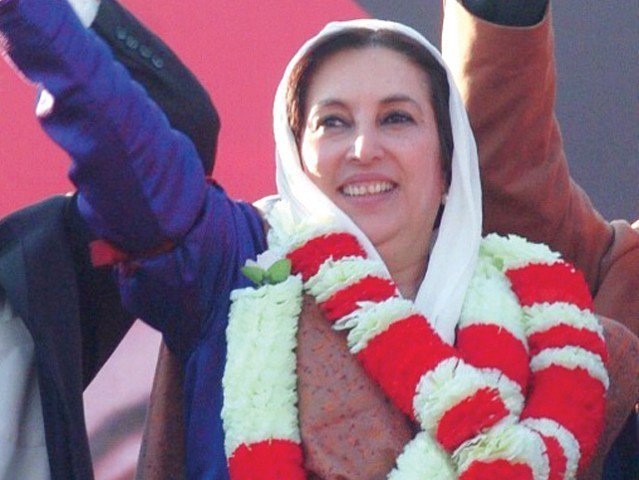Pakistan’s water situation remains stable with healthy inflows in major rivers and adequate storage in key reservoirs like Tarbela, according to the latest report from the Water and Power Development Authority (WAPDA). The Indus River is receiving 108,400 cusecs of water, with 82,000 cusecs being discharged, while the Jhelum River has an inflow of 41,900 cusecs and an outflow of 28,000 cusecs.
Chashma Barrage is maintaining a strong flow with 143,900 cusecs inflow and 114,000 cusecs outflow, while the Chenab River at Head Marala is flowing at 29,400 cusecs. The Kabul River remains balanced with both inflow and outflow at 39,200 cusecs.
Reservoir levels are also encouraging, with Tarbela Dam holding 1.51 million acre-feet (MAF) of water at 1,462.48 feet, and Mangla Dam storing 1.479 MAF at 1,143.95 feet. Chashma Reservoir’s level stands at 648.10 feet with 0.263 MAF of water. Combined, Mangla and Chashma reservoirs hold 3.252 MAF, ensuring sufficient supply for irrigation and hydropower needs during the summer.
The Indus River System Authority (IRSA) reported a total release of 174,046 cusecs from various rim stations, with inflows at 214,343 cusecs. Despite India’s recent suspension of the Indus Waters Treaty following the Pahalgam attack, Pakistan’s water flows remain stable for now. WAPDA continues to monitor the situation to optimize water distribution for agriculture and energy production.
Also read: Tensions erupt at Diamer-Bhasha Dam site between local & non-local workers








